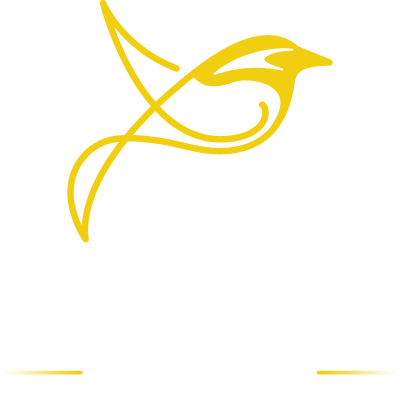Be like a goldfinch
Trish and I named our company after the American goldfinch because it’s not only a beautiful bird with an excellent name, it’s incredibly well-adapted to Ontario’s changing seasons. In the summer the goldfinch’s feathers are bright yellow and it can easily hide among the goldenrod, black-eyed susans and sunflowers that dot our landscape. In the winter, the goldfinch sheds its yellow feathers for more subdued brownish ones that enable it to camouflage into the bushes and trees.
As we all know, our weather is changing due to rising global temperatures. Like a goldfinch, we want to help you adapt your home to be ready for climate change (because it’s here already!)
How much is our temperature changing? I recently analyzed some weather data in the GTA. I looked at the average hourly temperature for the last 5 years and what I found was quite surprising!
Days below -20C: Zero
Days between -15 to -20: 1
Days between -10 to -15: 3
Days between -5 to -10: 16
In contrast, the 40 year weather data from 1981 - 2020 that’s typically used to help people design their heating and cooling systems shows 25% more days in each temperature bucket:
Days below -20C: 1
Days between -15 to -20: 2
Days between -10 to -15: 5
Days between -5 to -10: 20
A silver lining of the warming trend is that it’s more affordable to switch out a gas furnace or boiler and heat our home with an air source heat pump. Heat pumps are highly efficient but at very cold temperatures auxiliary heat might kick in which costs a bit more. However in the GTA there’s been much less need auxiliary heat in recent years. Plus, the latest cold climate heat pumps can now extract warm air from the outside and pump it into our homes even when the outdoor temp dips as low as -27 C. These adaptable machines, like the goldfinch, work well year round. They keep our homes cozy and warm throughout the winter and comfortable and cool in the summer. They also cost less than gas to operate in the shoulder seasons.
And because we can’t say it enough, heat pumps do not emit greenhouse gas emissions (unlike our gas furnaces). A lot of people don’t realize that natural gas is 95% methane, a potent greenhouse gas.
The warmer winter temperatures means that the cost to run a heat pump is often the same or less than running a furnace (the actual cost depends on a bunch of factors which we can help you calculate for your home). More on that in another blog post!


